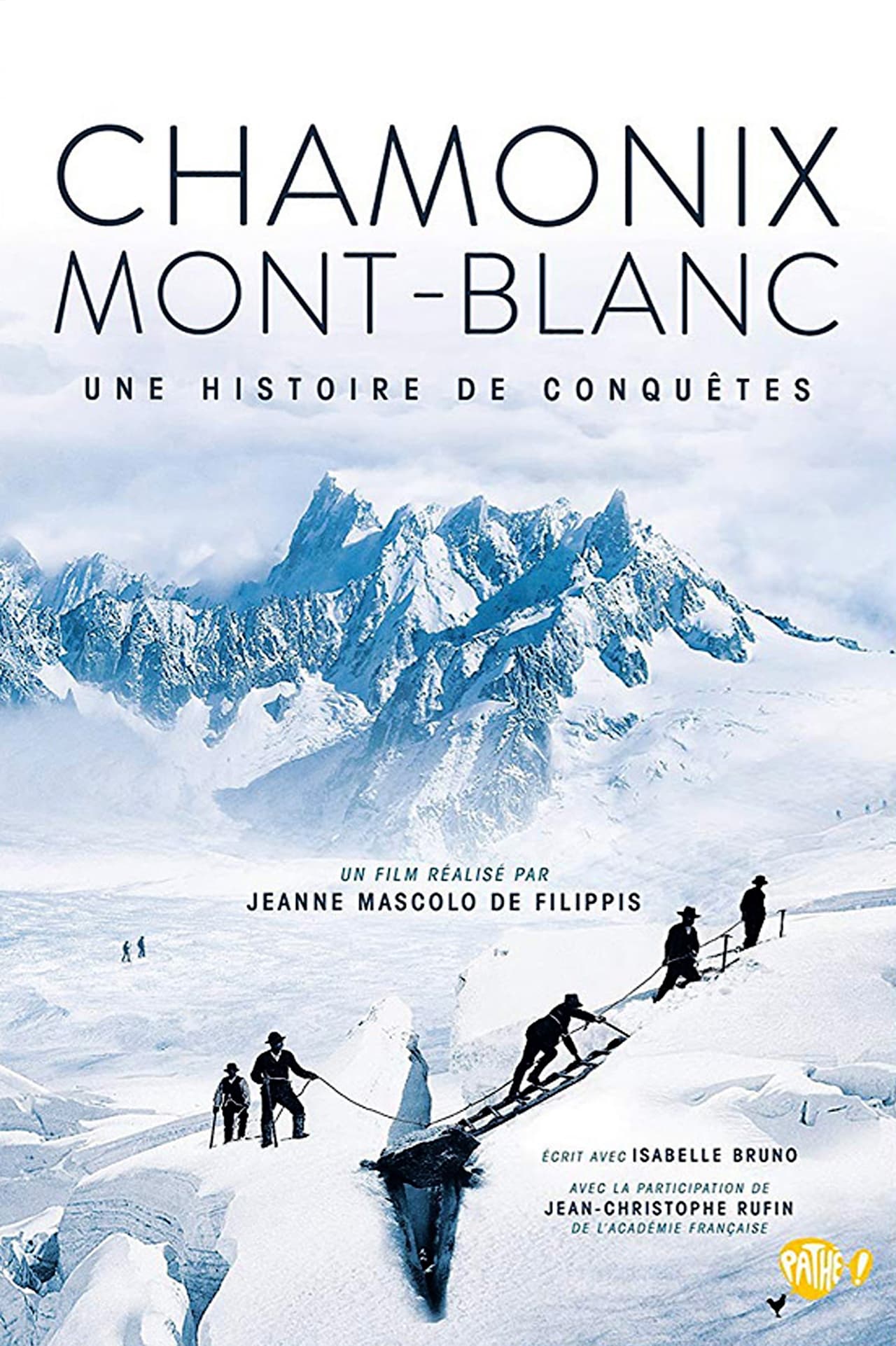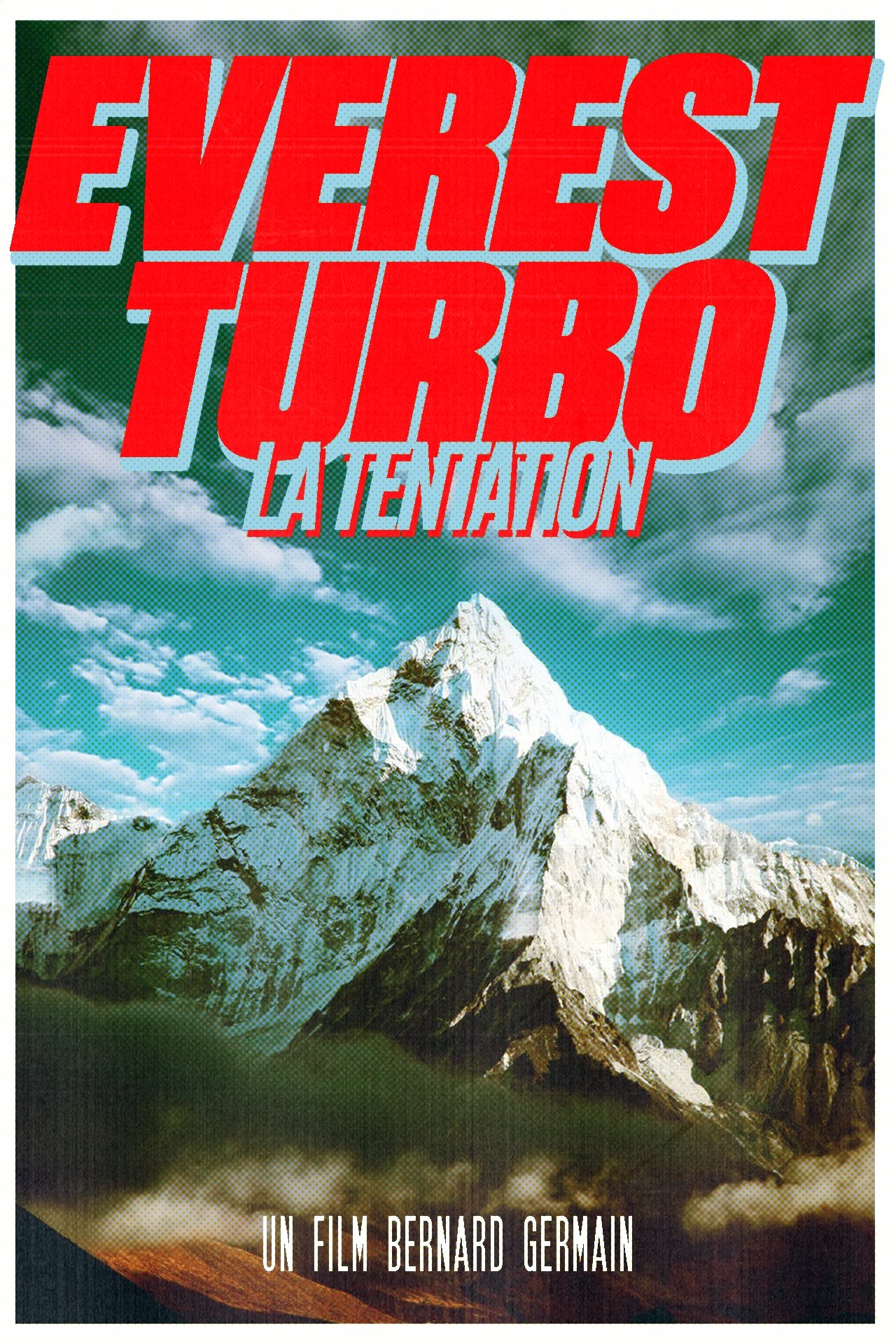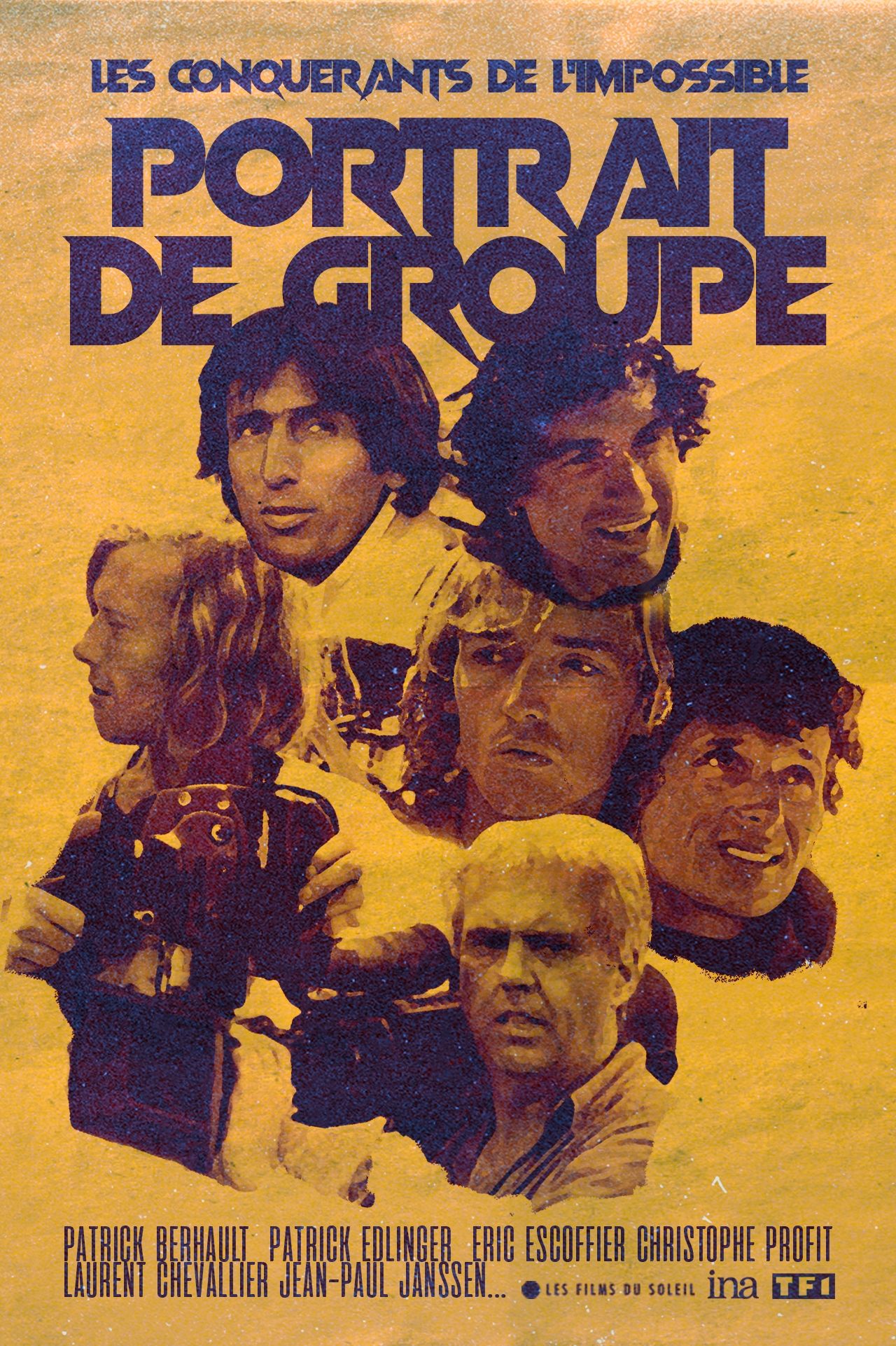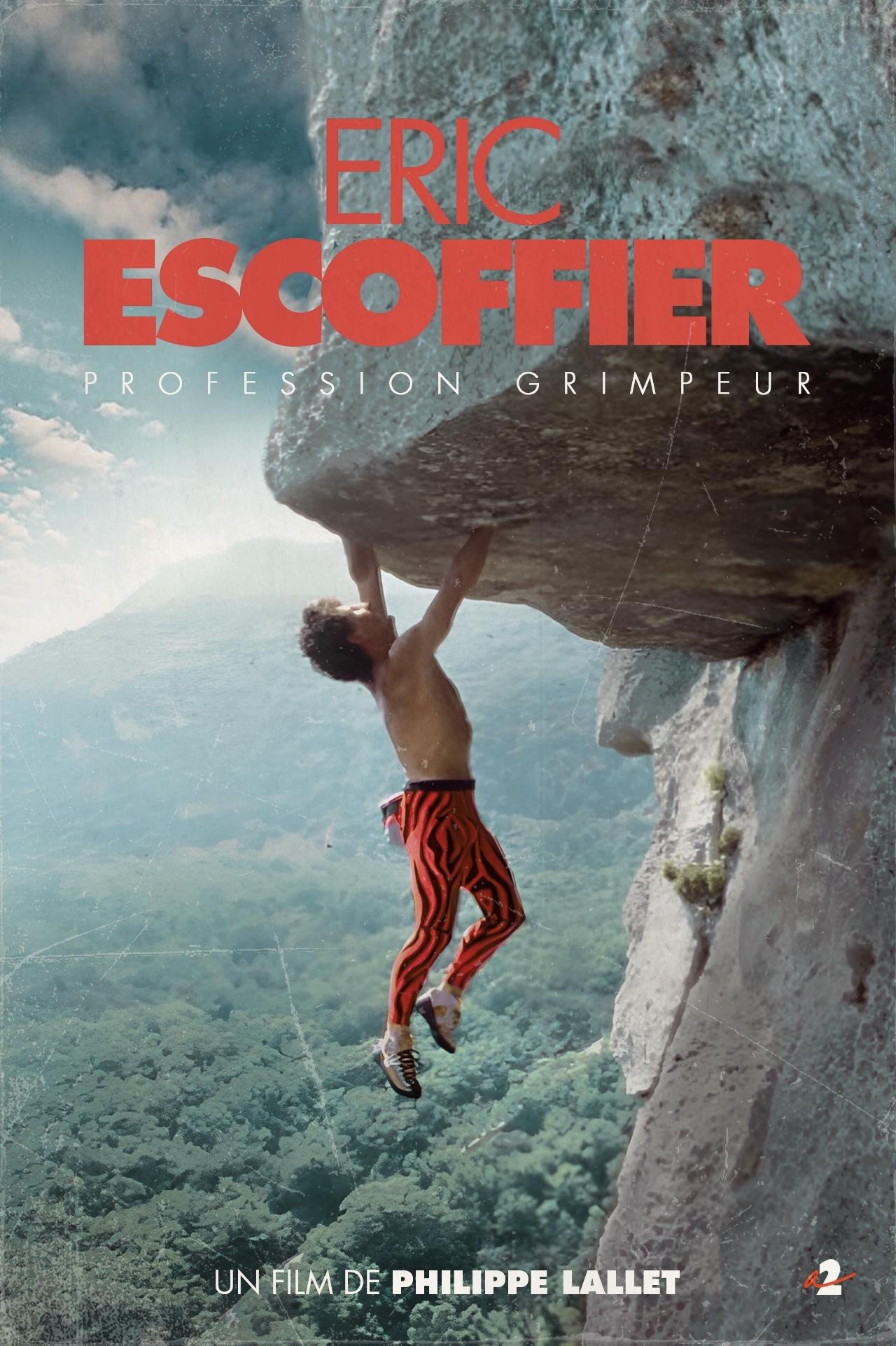



Less than two years after his serious road accident, Eric Escoffier brought together the "Turbo" team (Frédéric Ancey, Michel Fauquet, Christine Janin and Stéphane Schaffter) with whom he will attempt to climb Everest without oxygen and without prior acclimatization in the Himalayas, the project being to complete the Paris-Everest-Paris loop in two weeks. It is also a medical experiment: the athletes spend a week at Mont Blanc, at the Vallot observatory between 4000 and 4800m, then a week in a hypobaric chamber in Grenoble. Doctors (Dr. Richalet, Herry and Bittel) perform tests throughout this training, which will learn about how the body acclimatizes to altitude and allow applications in the management of mountain-related illnesses . On September 2, 1989, they arrived at Everest base camp in China. They attempted the ascent via the North Col but could not carry out their project, prevented by bad weather.

March 12, 1987. The young French mountaineer Eric Escoffier prepares his equipment, very reduced in material and food. He leaves the next day and intends to chain three north faces in the Alps: Eiger, Matterhorn and Grandes Jorasses. The ascent of the first summit, the Eiger is slow, difficult and full of pitfalls. It takes 17 hours to reach it. Without recognizing the terrain -he prefers to improvise- the mountaineer continues through the Matterhorn. When night falls, anxiety is felt on Zermatt's side. Help is organized to pick him up. Despite his refusal to return, Escoffier is finally hoisted. Christophe Profit, a few hours earlier, managed the chain of three summits.

“The Conquerors of the Impossible: Group Portrait” is a documentary on free climbing which takes place in the Verdon Gorges and Toulon. It was directed by Bernard Dumont in 1986 and produced by Les Films du Soleil. It is part of the series The Conquerors of the Impossible (3-3). There we find Patrick Berhault, Patrick Edlinger, Eric Escoffier, Christophe Profit, Laurent Chevallier, Jean-Paul Janssen and other pioneers of free climbing.

A documentary portrait of the legend Eric Escoffier at the height of his mountaineering career. A true athlete, Escoffier has comprehensive, cutting-edge preparation in three different climbing disciplines: rock climbing, ice climbing and solo free climbing, without any safety devices. Philippe Lallet's camera follows Eric in his performances and in his preparation for one of the first La Sportroccia climbing competitions, in 1985 in Bardonecchia in Italy.
Éric Escoffier is a French mountaineer born on August 9, 1960 in L'Arbresle in France and died in the mountains, at Broad Peak, on July 29, 1998 in Pakistan. "Escoff", the gymnast converted into climbing, was a pioneer, one of the leaders of this generation who revisited the great routes of the Alps, dividing the timetables by two, three or four, and chaining at the same time two, three or four main routes during the day thanks to hang-gliding or paragliding; of a generation now largely decimated, who, at the start of the 1980s, practiced "excessive" mountaineering, making him take such a leap forward that some people today wonder if he has really recovered . At 25, he became, with Christophe Profit, the star of a demanding system. The scene of this confrontation in the shadow of sponsors and helicopters was the winter trilogy. At the beginning of March 1987, Profit succeeded where Escoffier had failed, the latter having gotten lost on the north face of the Eiger, where he had refused to do a reconnaissance. Escoffier was constantly inventing new challenges: lining up the summits, taking part in the Monaco rally, flying hang-gliding or paragliding, practicing free solo climbing... In 1985, among some of his many exploits, he succeeded in overcoming three eight thousand meters in the Himalayas, Gasherbrum 2 (8,035 meters) Hidden Peak (8,068 meters) and K2 (French premiere, 8,611 meters). Above all, the life of Eric Escoffier, a motor racing enthusiast, changed six months later, on September 18, 1987, when his car rolled over in the Arly gorges, leaving him hemiplegic for more than six months. By force of will, thanks, he said, to his habit of training, Escoffier fought against this handicap, a word he refused to pronounce until quite recently. He had relearned to walk, overcame two new serious accidents, falls in a paraglider (in 1988) and in a crevasse of Mont Blanc (in 1996). He swallowed up kilometers on a mountain bike, but walking on uneven terrain (scree, mixed, or deep snow) was a constant battle for him. He had two children, aged 8 and 10, and was expecting a third, in December, with his new partner. Not resigning himself to living in anonymity, he found himself a somewhat disproportionate challenge, combining all the fashionable challenges: he wanted to have climbed the fourteen 8,000, the summit of the seven continents (Arctic and Antarctica included) , and reached the two poles in the year 2000. By passing the McKinley, the Kilimanjaro, the Aconcagua and, above all, last September, the Cho Oyu (8,201 m), he had rediscovered the pleasure of his first roles. With his partner Pascale Bessière they disappeared while attempting the ascent of Broad Peak on July 29, 1998. A Polish mountaineer, Piotr Pustelnik, had seen them one last time on the summit ridge while a very strong wind was blowing. The day before, they had spent the night without bivouac equipment in a snow hole dug at 7,700 meters, under the pass which leads to the summit ramp. “Nothing is impossible”, Eric Escoffier liked to repeat to anyone who wanted to hear it.
By browsing this website, you accept our cookies policy.